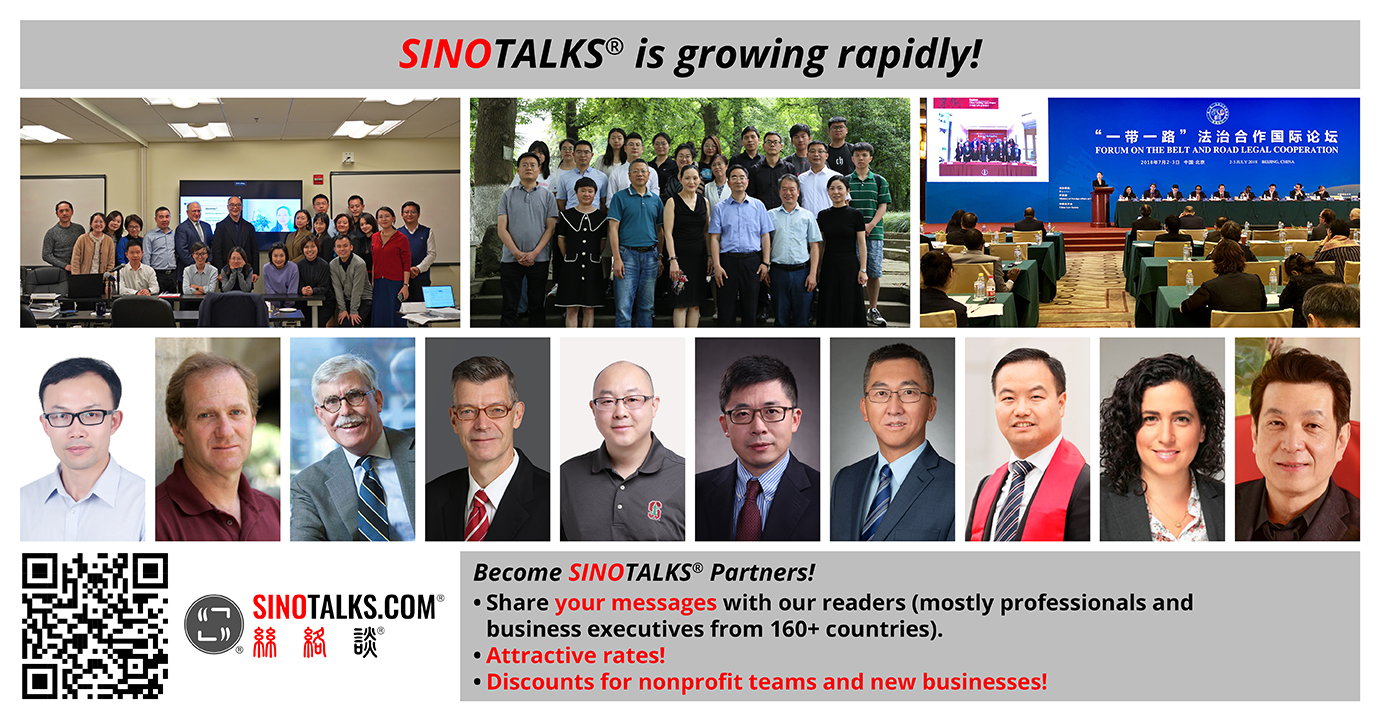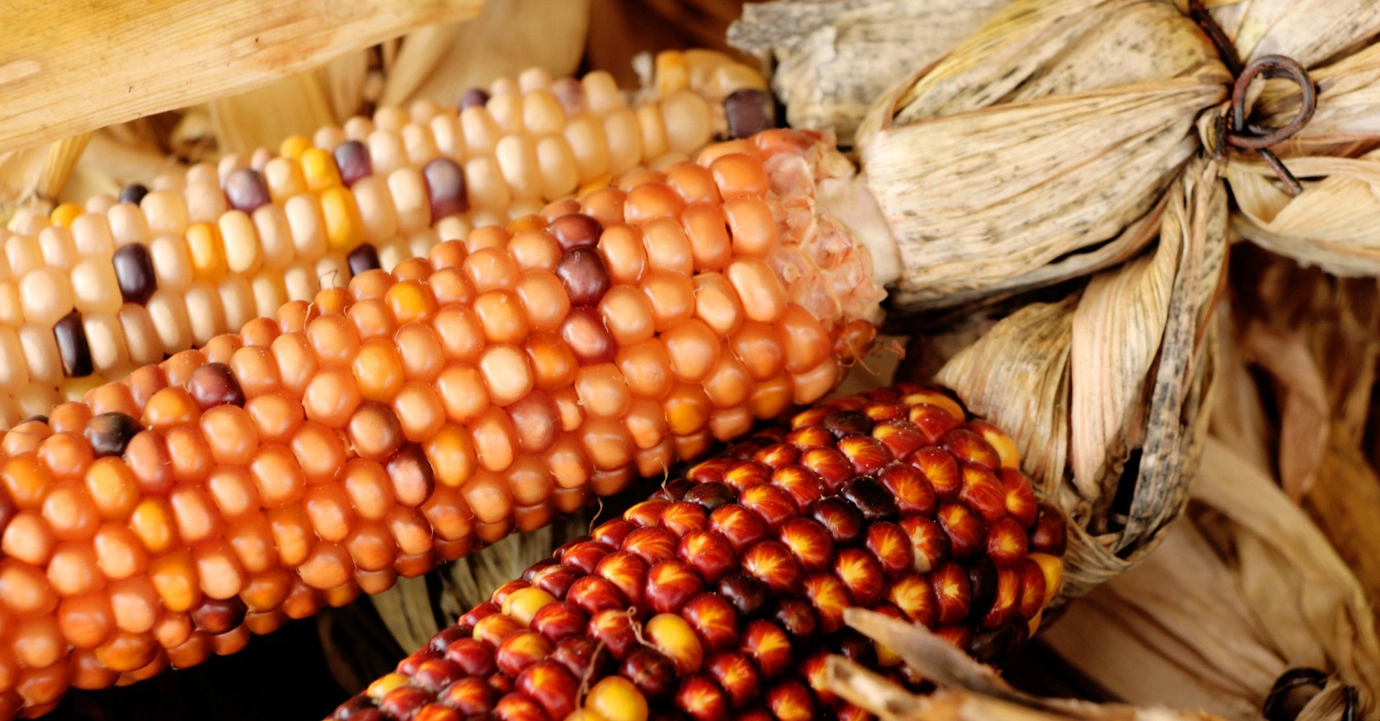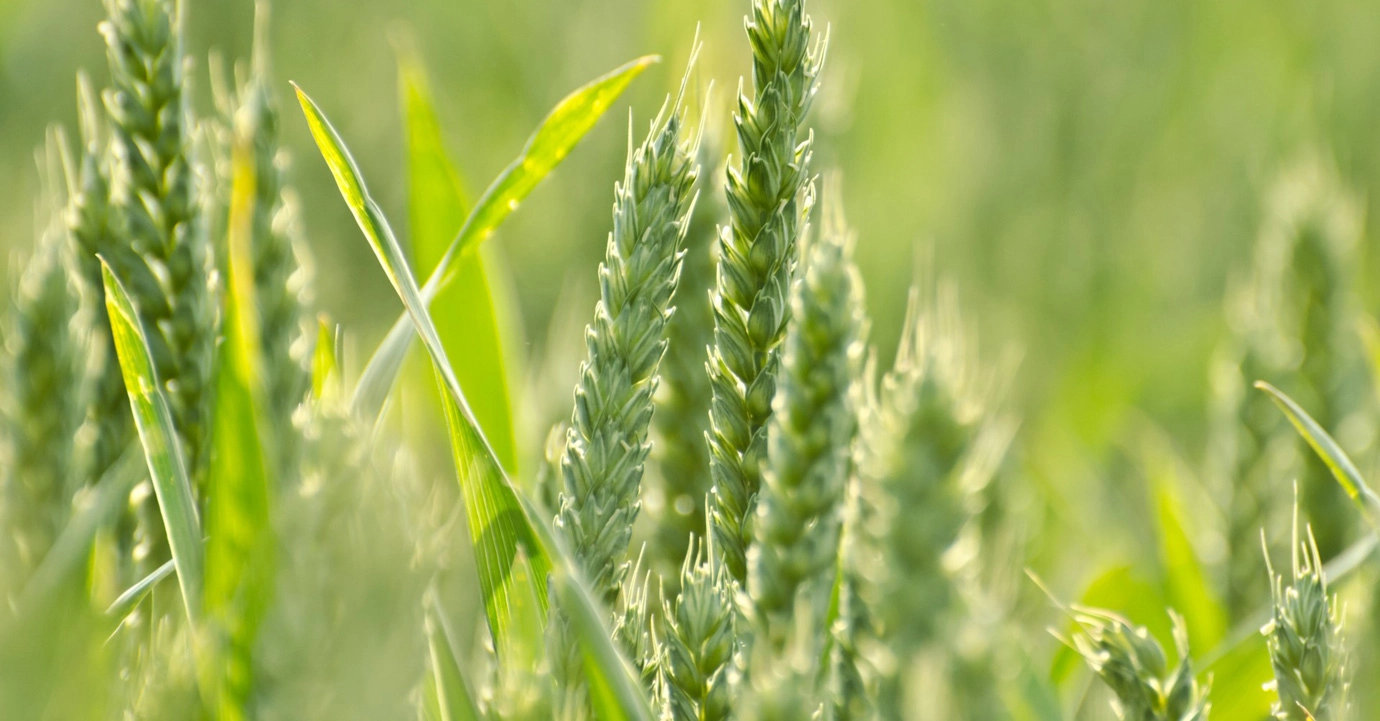Protecting Rights in China:
Defendants’ Burden of Proof†
Table of Contents
- A New Biweekly Newsletter: SINOTALKS.COM In Brief
- Let’s Begin!
- Defendants’ Burden of Proof and Trade Secrets
- Defendants’ Burden of Proof and Protection of Rights to New Plant Varieties
Estimated Reading Time
- 5.3 min
A New Biweekly Newsletter: SINOTALKS.COM In Brief
On December 1, my team and I launched SINOTALKS.COM, a new online repository of knowledge about Chinese law and policy. This one-minute video should help you understand the focus of this project.
Only a few days after our launch of SINOTALKS.COM, LinkedIn offered me an opportunity to create a newsletter. I am seizing the opportunity to create a biweekly newsletter titled SINOTALKS.COM In Brief. My goals for this newsletter are:
- to demystify Chinese law and policy so that you will be able to craft evidence-based strategies for your China-related issues;
- to connect with you in a less formal manner; and
- to reconnect with old friends and students who took my course(s) at one point in the past 25+ years in Hong Kong or mainland China, Vienna, or at Stanford Law School.
Let’s Begin!
I want to begin by talking about evidence, as this topic should be of great interest to many who face challenges in China’s litigation system. China does not have a national law titled “Evidence Law”. This, however, does not mean that the country has no evidentiary rules.
Recent developments show that, under some exceptional circumstances in civil cases, courts in China are quite ready to shift the burden of proof from plaintiffs (who, in general, have the burden to prove their cases) to defendants. A firm understanding of defendants’ burden of proof will help you prepare for your existing or future disputes in China.
Defendants’ Burden of Proof and Trade Secrets
A good example to illustrate the shifting of burden of proof to defendants is the principle set forth in Guiding Case No. 49. Released by the Supreme People’s Court of China in April 2015, this Guiding Case concerns a dispute over infringement of computer software copyrights.
The plaintiff alleged that the defendant’s software had infringed on the plaintiff’s computer software copyrights. The defendant refused to present the source code of the allegedly infringing software for the court’s inspection because of concerns about potential loss of trade secrets embedded in the source code. Ultimately, the court ruled against the defendant. The principle laid down in Guiding Case No. 49 is as follows:
In a situation where a defendant refuses to provide the source program or the object program of the allegedly infringing software, and, due to technical limitations, the object program cannot be read directly from the allegedly infringing product, [a people’s court] may, in consideration of the plaintiff’s objective difficulty in adducing evidence, decide that the plaintiff’s computer software and that of the defendant are substantively the same and the defendant is liable for infringement, if the design defects of the plaintiff’s software and [those of] the defendant’s software are basically the same, and the defendant has no proper reasons to refuse to provide the source program or the object program of his software for direct comparison. (emphasis added)
As observed by Katharine A. Bostick and Melody Wang (see their article titled How Guiding Case No. 49 Prompted Codification of Burden-Shifting Principles to Increase Protection of Trade Secrets, 7 CHINA LAW CONNECT 21 (Dec. 2019)), Guiding Case No. 49 contributed to the codification of burden-shifting principles stated in Article 32 of the Anti-Unfair Competition Law of the People’s Republic of China, which provides:
In a civil trial proceeding for infringement of a trade secret where the right holder of the trade secret provides preliminary evidence to prove that he has taken confidentiality measures for the claimed trade secret and reasonably indicates that the trade secret has been infringed upon, the alleged infringer should prove that the trade secret claimed by the right holder is not a type of trade secret as provided for in this Law […]. (emphasis added)
Defendants’ Burden of Proof and Protection of Rights to New Plant Varieties
Another example that illustrates the shifting of burden of proof to defendants is in the context of the protection of rights to new plant varieties. In November 2017, the Supreme People’s Court released Guiding Case No. 92 to clearly establish this principle: in a case involving infringement of rights to a new plant variety, when the related DNA fingerprinting test result shows that the two plants in the test are of the same or similar variety, the allegedly infringing party, i.e., the defendant, has the burden to prove that the allegedly infringing plant is different from the plant for which variety rights have been granted.
A year later, the Supreme People’s Court released Guiding Case No. 100 to make it clear that a defendant can meet this burden of proof by, for example, submitting a DUS (Distinctness, Uniformity, and Stability) test proving the distinctness of the allegedly infringing plant. How did the court justify the shifting of the burden of proof to defendants? Why did the court give so much weight to DUS tests? Answers to these questions and related analyses are provided in the following publications that are available for free on SINOTALKS.COM:
- Guiding Case No. 92: Laizhou Jinhai Seeds Co., Ltd. v. Zhangye Fukai Agricultural Science and Technology Limited Liability Company, A Dispute over Infringement of Rights to a New Plant Variety;
- Guiding Case No. 100: Shandong Denghai Pioneer Seeds Company Limited v. Shaanxi Nongfeng Seed Industry Co., Ltd. and Shanxi Dafeng Seed Industry Co., Ltd., A Dispute over Infringement of Rights to a New Plant Variety; and
- China’s Growing Focus on the Protection of Rights to New Plant Varieties: Three Guiding Cases and Related Implications.
Given the growing importance of the rights to new plant varieties, especially now when we face supply chain problems and food insecurity, I would like to know whether your country has a mechanism to protect these rights. If yes, does your country have similar principles to shift the burden of proof to defendants? Please let me know by completing a brief survey, which should not take you more than 3 minutes.
See you in two weeks!
† The citation of this article is: Dr. Mei Gechlik, Protecting Rights in China: Defendants’ Burden of Proof, SINOTALKS.COM, In Brief No. 1, Dec. 15, 2021, https://sinotalks.com/inbrief/week49-2021-english. This article was first published on LinkedIn on December 8, 2021, https://www.linkedin.com/pulse/protecting-rights-china-defendants-burden-proof-mei-gechlik.
The original, English version of this article was edited by Nathan Harpainter. The information and views set out in this article are the responsibility of the author and do not necessarily reflect the work or views of SINOTALKS.COM.
Related Articles
Contact Us
Get Involved
Sponsor/Donate | 赞助/捐赠
Become SINOTALKS® Partners | 成为丝络谈™合作伙伴
Services





